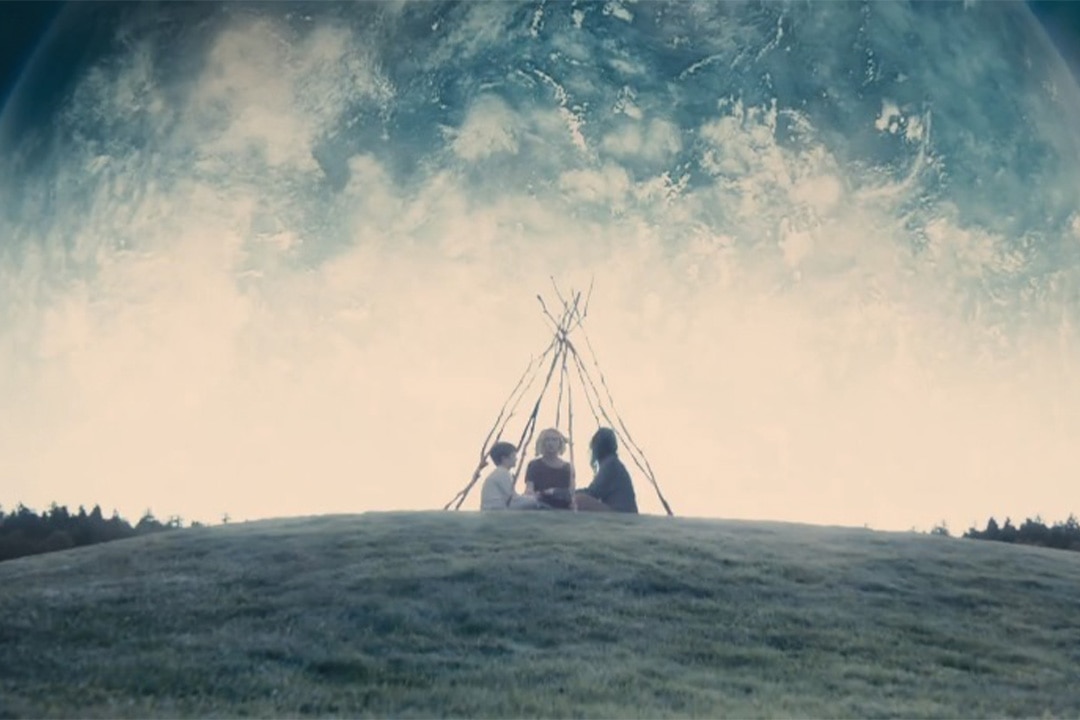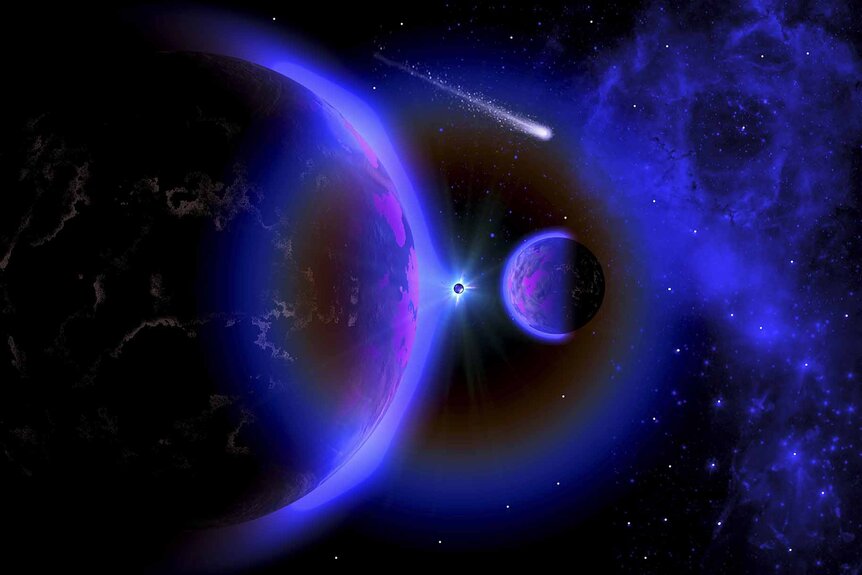Create a free profile to get unlimited access to exclusive videos, sweepstakes, and more!
Rogue Planets Wander the Cosmos Together in Groups
Even rogue planets use the buddy system.

Lars von Trier’s 2011 end of the world story Melancholia (streaming now on Peacock) features one of the most intimate apocalypses ever put to film. It involves the whole of the world but is seen primarily from one location and one perspective, as a rogue planet smashes into the Earth and ends all life.
The notion of rogue planets, worlds untethered from any star set to wander the lightless cosmos, might sound like an invention of science fiction, but they are very real and shockingly common. We like to think of planets as being neatly ordered and staying in their rightful place, hovering around stars like ducklings around their mother. Sometimes, though, baby birds get kicked out of the nest.
A combination of eagle-eyed observation and a bit of luck has confirmed that rogue planets do, in fact, exist and they might be the dominant form of planetary existence. A 2023 study suggested that rogue planets might dramatically outnumber planets orbiting stars. For every planet like ours, there might be 10 riding the cosmic highways. Fortunately, they don’t have to go it alone. New research suggests that the universe is filled with pairs and groups of starless planets all orbiting one another through space.
For More on Rogue Planets:
There Might Be a Rogue Planet Hiding at the Edge of Our Solar System
Life Without Light: How Life Could Emerge on Moons Around Starless Rogue Planets
Dozens of Rogue Planets Found in a Nearby Cosmic Nursery
Binary Rogue Planets Travel the Universe Hand in Hand
Using the Near-Infrared Camera (NIRCam) on the James Webb Space Telescope (JWST), astronomers surveyed the inner Orion Nebula and the Trapezium Cluster. Infrared is good for rogue planets because they don’t emit visible light like stars, but they do generate heat which can be detected by sensitive infrared instruments. The survey, the results of which were published in The Astrophysical Journal Letters, found 40 Jupiter-Mass Binary Objects, lovingly called JuMBOs, and two groups of three planets. Each object had a mass between 0.6 and 14 times the mass of Jupiter and none of them were associated with any stars.
"The existence of these wide planetary-mass binaries is surprising since our current knowledge of star and planet formation cannot account for them," the authors wrote. It’s believed that at least some rogue planets begin their lives around stars, forming in the same planetary nests as their siblings, before being ejected.
Transient gravitational events, like the close passing of another star or just the chaotic behavior of early star systems, might nudge a planet out of its orbit and into deep space. What’s less clear at the moment is how two or more planets might get ejected but remain bound to one another, like otters holding hands so they don’t get lost while they sleep.
In addition to infrared signals, astronomers detected radio emissions (light from another non-visible part of the electromagnetic spectrum) from one of the objects, known as JuMBO 24. Based on the available data, the emissions appear to be coming from the two planets that comprise JuMBO 24, but more research is needed to figure out what those emissions mean.
It turns out that the universe is an even weirder place than we imagine, and we wouldn’t have it any other way.
See a rogue planet for yourself in Melancholia, streaming now on Peacock.



























